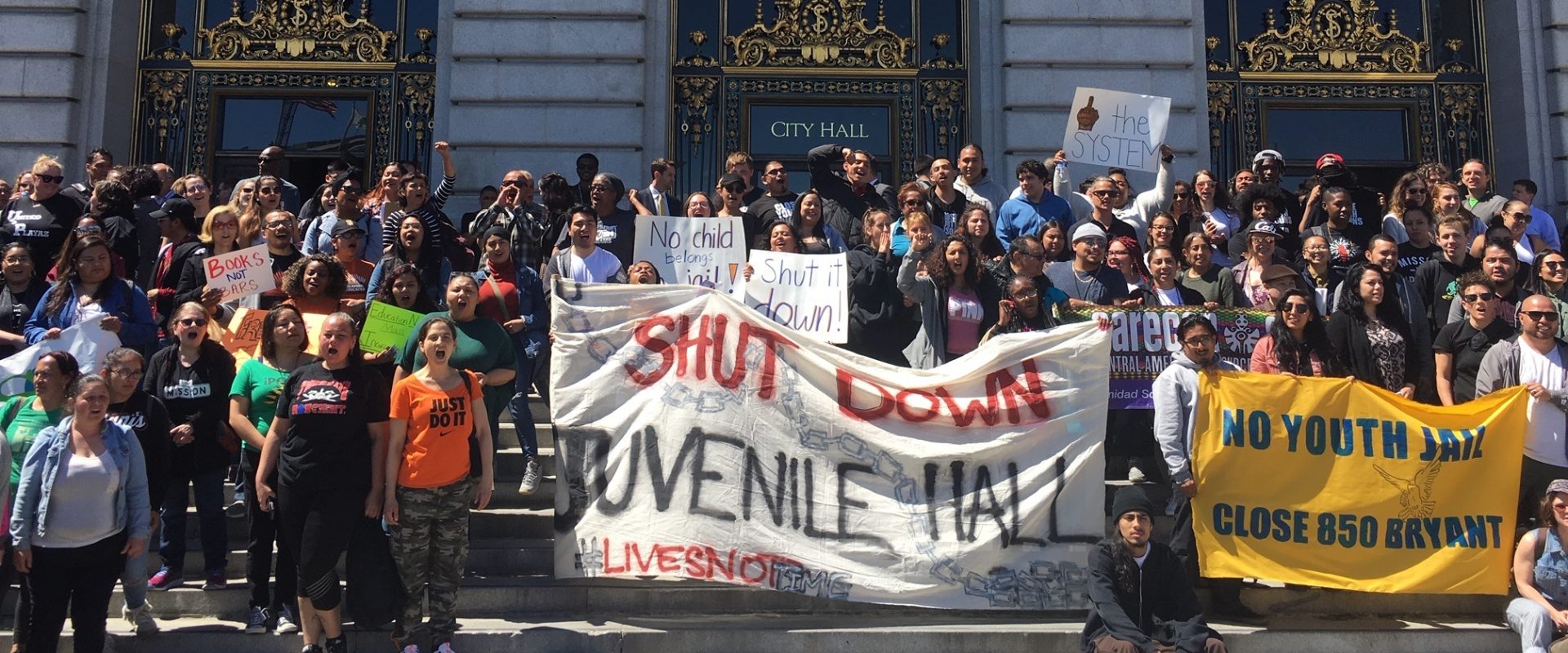A new report shows that Texas has proceeded on a similar track as California in its statewide efforts to reform its juvenile justice systems yet with superior results, specifically in the state’s community-based models run by counties. As in California, the Texas state-managed facilities were plagued with scandals for years, with independent investigations revealing extensive physical and sexual abuse of youth wards in the Texas Youth Commission (TYC). The incarcerated youth population…
Pathways to Desistance , a study of serious youth offenders, finds that long institutional commitments do not reduce recidivism and in fact can have the opposite effect. The study follows over 1,300 youth convicted of serious felonies (inc. murder, robbery, and sex offenses) across the country over a seven-year period. A September 2012 factsheet from the National Juvenile Justice Network (NJJN) summarizes the latest findings of the study: ~ A youth’s future likelihood to re-offend cannot…
Blog Oct 11, 2012
Meaningful mental health outcomes for youth
In the last sixteen years, California’s counties have assumed an increased responsibility for the state’s justice involved youth. The Governor and independent policy organizations such as the Legislative Analyst’s Office have argued that the state’s counties are better equipped than the state’s youth correctional system to serve high needs youth. This vulnerable population is often exposed to childhood trauma and violence resulting in an increased need for mental health services which can be…
Blog Oct 9, 2012
Going local: Lessons from tribal justice
A year into California’s criminal justice Realignment, preliminary data indicates overcrowded state prisons populations are in fact declining. However, sentencing practices across the state remain varied. While many counties have been able to decrease their reliance on state prison, over half of California’s counties experienced an increase in new prison commitments for certain offenses since realignment. For these counties, continued state-dependence could be resulting from the lack of…
California’s budget demonstrates a commitment to correctional spending despite continued funding cuts to other important social services. According to California Common Sense , since 1980 “…the number of incarcerated felons in state prisons has increased more than eightfold despite relatively stable crime rates.” Incarcerations and related costs have been driven up in part by the unnecessary incarceration of low-risk, non-violent offenders due to the Three Strikes law and similar…
